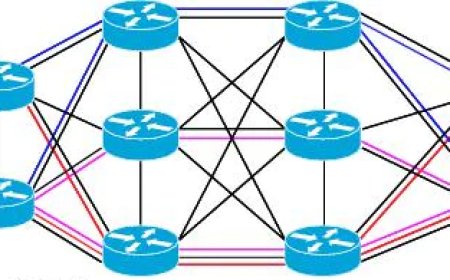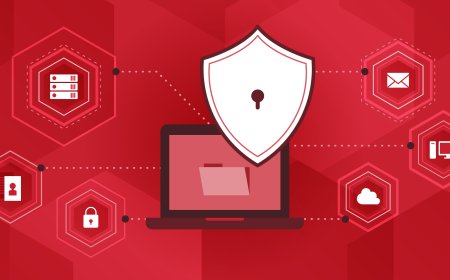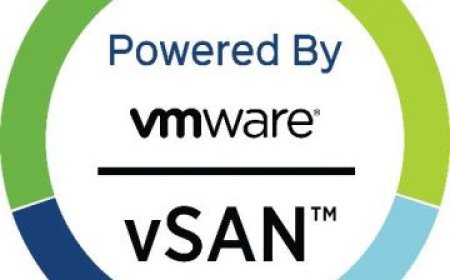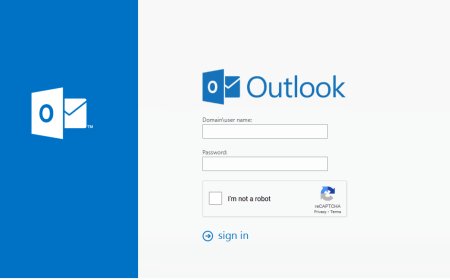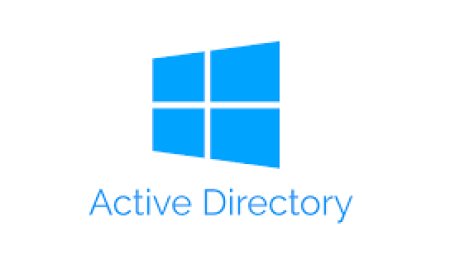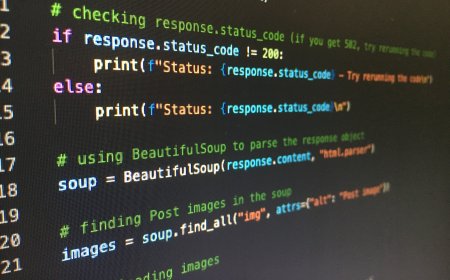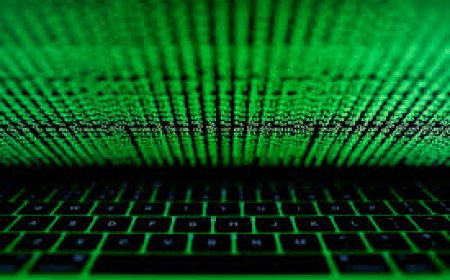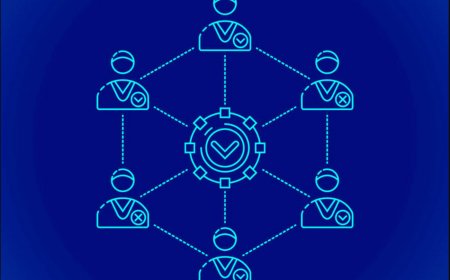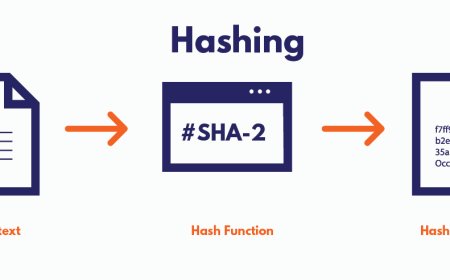Network Models -OSI and TCP/IP- Explained
The OSI (Open Systems Interconnection) model and the TCP/IP (Transmission Control Protocol/Internet Protocol) model are both frameworks for understanding how networks actually work and how different protocols and technologies fit together. But there are also some differences.
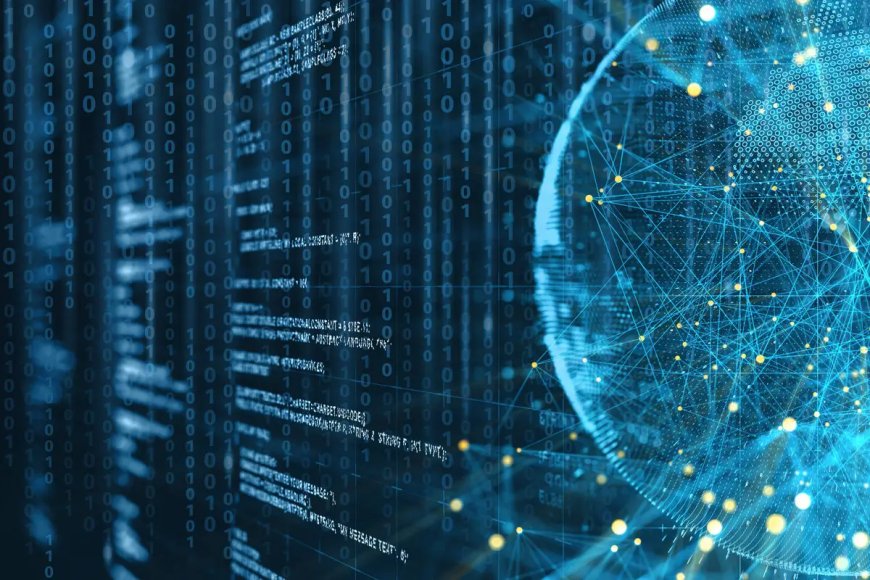
OSI (OPEN SYSTEMS INTERCONNECTION) MODEL
OSI model is a conceptual framework that describes networking or telecommunications systems as seven layers, each with its own function.
These layers help network administrators to understand what is going on within the networks and help network administrators to narrow down problems. Not only network administrators but also application / software developers and vendors use this model.
"All People Seem To Need Data Processing"
- Layer 1 - Physical: Physical Layer is simply about signalling and how the signals go over network.
This layer is responsible for transmitting raw bits of data between devices. It defines the electrical, mechanical, procedural, and functional specifications for activating, maintaining, deactivating and controlling the physical link between network systems.
It also defines the physical characteristics of the network, such as the type of cable, connectors, and signaling methods used. It also specifies the voltage levels, timing and other parameters that are used to transmit data. The physical layer is responsible for the transmission of bits over a communication channel, with no concern for the meaning of the bits.
Example: Ethernet, RJ-45 connectors, and fiber-optic cables.
While all other layers deal with logical aspects of communication, physical layer deals with the physical aspects of network communication.
- Layer 2 - Data Link: Also referred as "switching", it deals with the transfer of data between devices on the same network segment, and is responsible for providing a reliable link between two devices on a network.
Data Link Layer is responsible to create links between two devices on network, and for providing error-free data transfer between them. It is also responsible for the physical addressing of devices, and for the control of the flow of data between them. Data Link provides an error-free link by handling the error detection and correction for the Physical layer. It also provides flow control to ensure that the data is sent at a rate that the receiving device can handle.
Example: Ethernet, Token Ring, ARP (Address Resolution Protocol).
- Layer 3 - Network: Also referred as "routing", it deals with the routing of data between different networks and is responsible for providing a logical addressing system to identify devices on a network, and for determining the best path for data to travel from one device to another.
Network Layer is responsible to provide logical addressing, such as IP addresses, and for routing data between different networks. It provides a way for data to travel from one device to another, even if they are not on the same network segment. It uses routing protocols to determine the best path for data to travel, and to update routing tables when changes occur in the network.
Example: IP, ICMP, OSPF (Open Shortest Path First).
- Layer 4 - Transport: Also referred as "post office", it deals with the end-to-end delivery and error checking of data, and is responsible for ensuring that data is delivered reliably and in the correct order between applications on different devices.
Transport Layer is responsible for providing a reliable end-to-end communication between applications on different devices. It provides error checking and correction, as well as flow control to ensure that data is sent at a rate that the receiving device can handle. It is also responsible for breaking up large amounts of data into smaller packets for transfer, and for reassembling the packets in the correct order at the destination. It also provides a way for applications to establish and terminate connections with each other.
Example: TCP (Transmission Control Protocol) and UDP (User Datagram Protocol). See details: https://kbsuperuser.com/tcp-udp-explained
- Layer 5 - Session: It deals with the establishment and management of connections between devices and is responsible for initiating, maintaining and terminating connections between applications on different devices.
The Layer is responsible for establishing and maintaining a "session" between applications on different devices. This includes things like establishing a connection, maintaining the connection, and terminating the connection. It also provides a way for applications to synchronize their communication, for example by sending a message to indicate that the other application should start sending data. It provides mechanisms to control the dialogues between applications, allowing them to establish and terminate connections, and to manage the data exchange during a session.
Example: NFS (Network File System) and SQL (Structured Query Language).
- Layer 6 - Presentation: It deals with the format and interpretation of data, and is responsible for translating between different data formats used by different applications and for providing data encryption and compression.
This layer is responsible for translating between different data formats used by different applications. This includes things like converting data from one file format to another, or from one character encoding to another. It also provides for data compression and decompression, and for data encryption and decryption. It ensures that data sent by one application is readable by the receiving application.
Example: ASCII, JPEG and MPEG.
-
Layer 7 - Application: It deals with the interface between the application and the network, and is responsible for providing a user interface and supporting services to the users and applications that access the network.
It is responsible for providing a user interface to the network and for supporting services such as file transfer, remote logins, and email. It is the layer at which users interact directly with the network and it provides a way for applications to access the network and to request services from other applications. It's the point of interface between the user and the network.
Example: HTTP, FTP, DNS and SMTP.
TCP/IP (TRANSMISSION CONTROL PROTOCOL / INTERNET PROTOCOL) MODEL
TCP/IP model is a set of protocols used for communication on the internet and other networks. It is the most widely used model for network communication and is the foundation of the internet.
It's important to note that in TCP/IP model combines the functions of OSI Model.
- Layer 1 - Network: This layer corresponds to the to the Physical Layer and Data Link Layer of the OSI model.
The Network Interface Layer is responsible for providing a reliable link between two devices on a network, and for providing error-free data transfer between them. It is responsible for the physical addressing of devices and for the control of the flow of data between them. It provides an error-free link by handling the error detection and correction for the Physical layer. It also provides flow control to ensure that the data is sent at a rate that the receiving device can handle.
Example: Ethernet and ARP.
- Layer 2 - Internet: This layer is responsible for providing logical addressing, such as IP addresses, and for routing data between different networks. It provides a way for data to travel from one device to another, even if they are not on the same network segment. It uses routing protocols to determine the best path for data to travel, and to update routing tables when changes occur in the network.
Example: IP, ICMP and routing protocols such as OSPF.
- Layer 3 - Transport: It is responsible to provide a reliable end-to-end communication between applications on different devices. It provides error checking and correction, as well as flow control to ensure that data is sent at a rate that the receiving device can handle. It is responsible for breaking up large amounts of data into smaller packets for transfer, and for reassembling the packets in the correct order at the destination. It also provides a way for applications to establish and terminate connections with each other.
Example: TCP and UDP.
- Layer 4 - Application: This layer is responsible to provide a user interface to the network and for supporting services such as file transfer, remote logins, and email. It is the layer at which users interact directly with the network and it provides a way for applications to access the network and to request services from other applications. It's the point of interface between the user and the network.
Example: HTTP, FTP, DNS and SMTP.
WHY DO WE USE OSI and TCP/IP?
The OSI and TCP/IP models are used for different purposes, but both are useful in understanding and troubleshooting networks. Briefly:
-
OSI model: It provides a framework for understanding how different protocols and technologies fit together and how they interact at different layers of the network stack. It's a theoretical model that helps to understand and explain how communication should occur between different devices on a network. It is widely accepted that the OSI model is a general reference model for network communication.
-
TCP/IP model: It provides a detailed understanding of how the internet works and how data is transmitted across networks. It's a practical model that helps to understand and troubleshoot the communication between different devices on a network. As a new model, TCP/IP model is specifically designed for communication on the internet.
Both models provide a way to organize and understand the complex interactions between different protocols and technologies that make up a network. By breaking down the network into smaller, more manageable pieces, the models make it easier to identify and solve problems. They also provide a common language for discussing and describing networks and their various components.
Additionally, both models are used in education and training to teach the basics of networking and the protocols used in networks.
THE DIFFERENCES
Although both models are helpful to understand how network works, there are some differences:
-
Purpose: The OSI model is a general reference model for network communication, while the TCP/IP model is specifically designed for communication on the internet.
-
Number of layers: The OSI model has seven layers, while the TCP/IP model has four layers.
-
Layer names and functions: Since the numbers of layers are different, layer names and functions of the models are also different.
-
Focus: The OSI model is a more theoretical model, focusing on the concepts of network communication, while the TCP/IP model is more closely tied to actual implementation and focuses on the specific protocols and technologies used on the internet.
-
Adoption: OSI model is not widely adopted and mostly used in academic and research purposes, while TCP/IP is the foundation of internet and widely adopted in industry.
What's Your Reaction?









